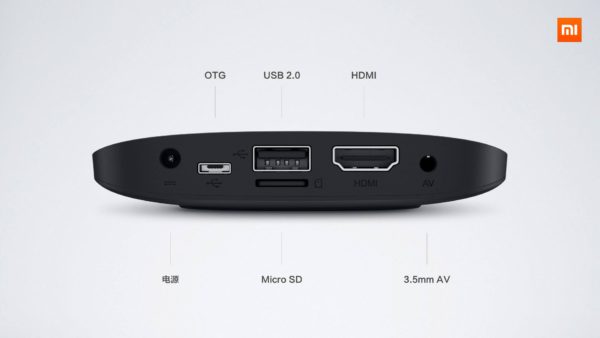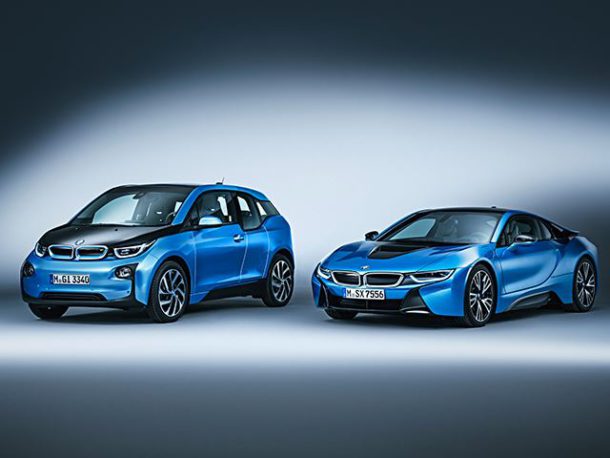Xiaomi has announced that the company will introduce the Mi Box 4K Android TV box very soon. The company also stated that it is working in collaboration with the American multinational Google to bring the Mi Box 4K Android TV to the US market.
The Mi Box 4K by Xiaomi features a square layout. This square design of Mi Box has been admired universally and Xiaomi has been praised for the fine finish of the Android TV box.
What does Xiaomi Mi Box 4K offer?
The Android TV box comes with an Android 6.0 platform and will play content in 4K screen resolution at 60fps. In addition, the Bluetooth voice remote that comes with Mi box aids the users to search through the content library of Google Play.
The Android TV box by the Chinese consumer electronics manufacturer is fueled by a Quad-core ARM Cortex-A53 processor coupled with 2GB DDR3 RAM and also 8GB eMMC storage.
As far as the external storage of Mi Box 4K is concerned, the device sports a USB port. HDM1 2.0a and HDR10 are also supported by the Xiaomi M.i Box 4K Android TV. The sound output is a blend of DTS surrounds sound and Dolby Digital Plus.
According to Hugo Barra, the vice president of the Xiaomi Global:
“This is a significant milestone for Xiaomi and I am really excited to be working closely with Google to bring such a great product to our fans in the US. I believe US consumers will truly enjoy the Android TV experience on Mi Box, which brings stunning 4K HDR video and a wide variety of content to your living room.”
The company has not released any information regarding the price and availability of the forthcoming Mi Box 4K yet. The latest Android TV box will first be available for purchase in the US market and will hit the other market later.


























